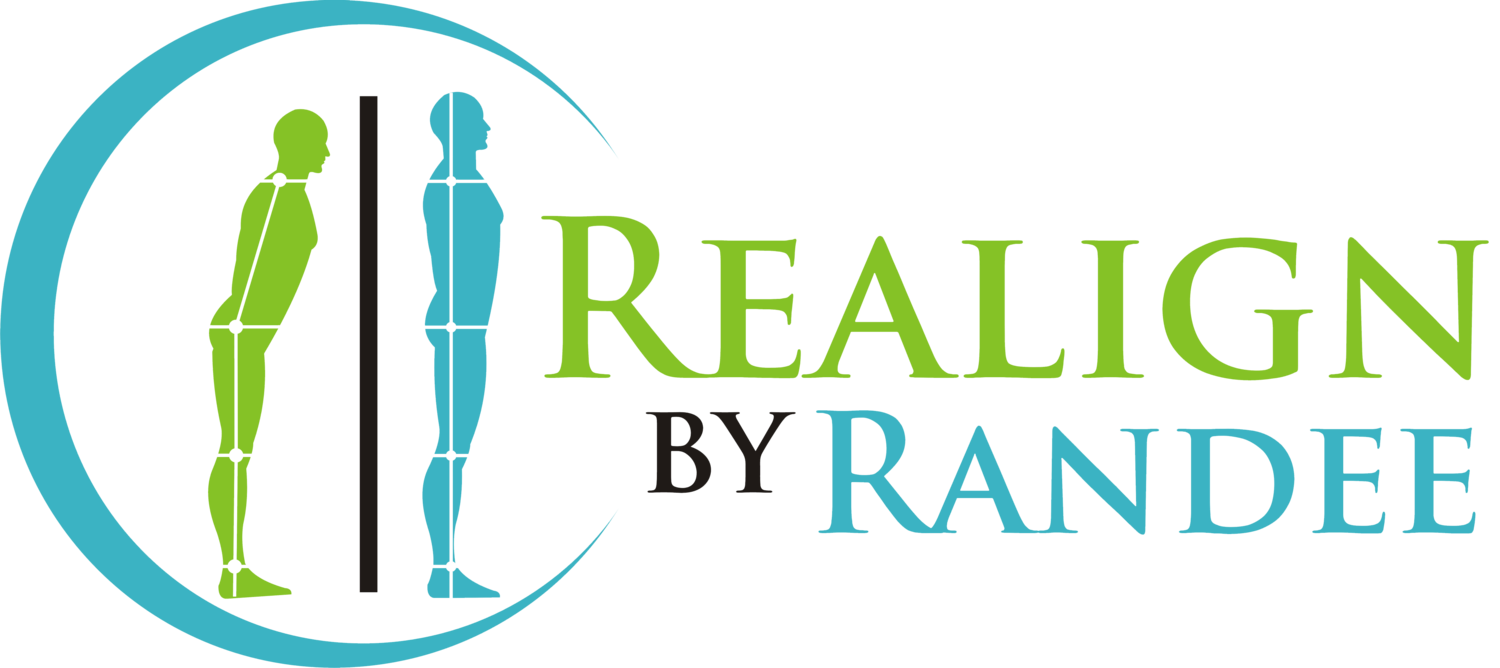An Overview of the Muscle System and Its Role in Posture Dysfunction
Individuals should participate in postural exercises or postural therapy for several reasons. A better understanding of why something works helps motivate you to start the activity or keep going. This blog will help better understand how the human body's muscles work together. To be precise, it presents an example of how the muscular sling system functions and works to keep our muscles appropriately aligned.
The sling system is known as a complex system with four different lines. The anterior, posterior, deep longitudinal (posterior), and lateral sling systems are synergistic in opposite ways. The goal of the sling system is to take into account all the muscles that are involved in enhancing posture. It can help decrease pain and improve performance, mobility, and appearance.
It is pertinent because when the body moves throughout the day, these slings help it move effectively from one position to another. Some examples include carrying babies, purses, backpacks, throwing a ball for a sport, etc. When doing specific movements or participating in different activities, forces constantly move throughout the body - so we don't fall over or drop what we hold. In addition, the sling system is beneficial to help with joint stability as well as neutral joint positioning. For example, the front sling system works in contrast to the rear sling system to help the entire kinetic chain work together to achieve equal balance.
During walking, the anterior sling, including the abdominal muscles, helps support and pivot the pelvis, aligning how the foot touches the floor. As the body's weight is transferred forward with walking, the posterior sling, including the glutes, activates and helps with the leg extending behind us as we walk. At the same time, the lats become active to facilitate the movement of the arms.
The deep longitudinal system consists of the back muscles, the leg's inner side, part of the hamstrings, and outside the leg or calf. That is what is known as the "great communicator." This sling helps the bottom of the body to know the position and motion of the top of the body. Secondly, the longitudinal sling keeps your pelvis stable while you move around the world again, giving us the balance to stay upright and agile. When walking, this sling helps us advance the body's weight. When standing, the deep longitudinal system is involved in maintaining stability.
The lateral sling system consists of the muscles outside the hip on one side, the inner thigh muscles, and the deep low back muscle on the opposite side. Returning to the example of walking, the opposite or descending leg must carry the body's weight when the leg is propelling forward. The lateral sling system keeps the downward leg stable through the pelvis and lower back—the lateral sling works even more by ascending stairs or stepping on or off a curb.
Symptoms of pain, numbness, or tightness begin with unbalanced slings. It may start when you sit in a chair for work or school hours with the neck and top of the back rounded to look at an iPad or computer. The body causes other stressors, including bending or turning to the same side. After hours of sitting and then when changing positions, muscles are affected: hips and abdominals are shorter/tighter, while the back and gluteal muscles are elongated. Neither works effectively, and thus, the slings cannot function properly. The result is the body compensates while walking with feet turning outward or inward, shoulder and neck muscles working harder, more or less arm swing, a lean to one side, and so forth. It causes stiffness and pain in joints (hip, knee, or foot) or your neck or back muscles.
References
Herbert, C., & Munz, M. (2020, August 5). Measuring gait-event-related brain potentials (gerps) during instructed and spontaneous treadmill walking: Technical solutions and automated classification through Artificial Neural Networks. MDPI. Retrieved January 19, 2023, from https://www.mdpi.com/2076-3417/10/16/5405
https://www.ruderockstrength.com/post/fascial-slings-a-straightforward-approach-for-training
https://atpplusct.com/two-easy-exercises/
https://www.bodyset.co.uk/health-news/lower-back-pain-stability-chains-slings/






